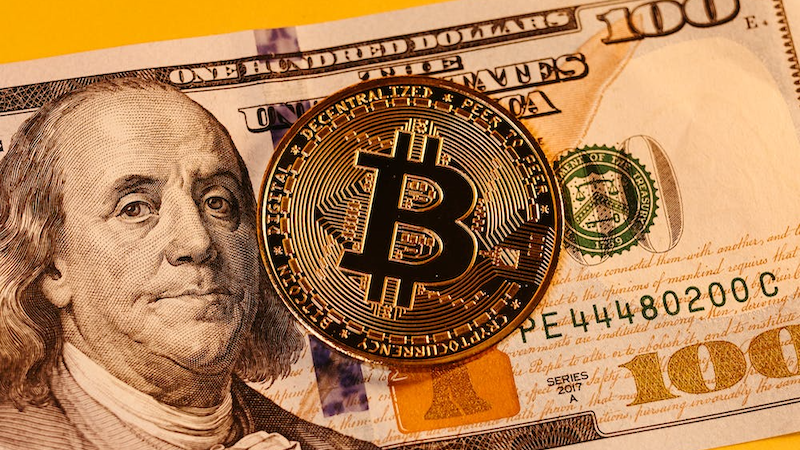We are witnessing a growing interest in central bank digital currencies (CBDCs) worldwide. CBDCs are digital versions of fiat currencies issued and backed by central banks, intended to provide a secure and efficient means of payment and to foster financial inclusion. However, there are potential risks associated with CBDCs, including the risk of hyperinflation.
What is Hyperinflation?
Hyperinflation is a condition where prices increase at an extremely high rate, typically exceeding 50% per month. Hyperinflation can lead to a loss of confidence in the currency, as people rush to spend their money before it loses its value, causing further price increases and exacerbating the problem. Hyperinflation can also lead to social and political instability, as people may protest against rising prices and economic hardship.
How CBDCs Could Cause Hyperinflation
CBDCs could potentially cause hyperinflation through several channels:
1. Increased Money Supply
CBDCs could increase the money supply if central banks decide to distribute them widely and rapidly. This could happen if central banks want to stimulate the economy or provide direct monetary support to households and businesses. However, if the amount of CBDCs in circulation exceeds the demand for goods and services, prices will rise, leading to inflation and potentially hyperinflation.
2. Lack of Confidence
CBDCs could also lead to hyperinflation if people lose confidence in them due to concerns about their safety, privacy, or reliability. If people start to hoard physical assets or foreign currencies instead of holding CBDCs, the demand for CBDCs will decrease, leading to a decrease in their value and potentially hyperinflation.
3. Uncertainty and Speculation
CBDCs could also be subject to uncertainty and speculation, as people may speculate on their future value or use them as a means of speculation. If people start to trade CBDCs as a speculative asset, their value could increase rapidly, leading to inflation and potentially hyperinflation.
Potential Solutions
To prevent the risk of hyperinflation from CBDCs, central banks could:
- Gradually introduce CBDCs and monitor their impact on the economy and inflation.
- Limit the amount of CBDCs in circulation and distribute them only to those in need.
- Ensure that CBDCs are safe, private, and reliable, and that people trust them as a means of payment.
- Communicate clearly and transparently about the purpose and benefits of CBDCs, and address any concerns and misconceptions.
Conclusion
CBDCs have the potential to revolutionize the way we use and store money, but they also pose risks, including the risk of hyperinflation. Central banks need to carefully consider and manage these risks to ensure that CBDCs contribute to financial stability and prosperity, rather than undermine them. Hyperinflation can have severe consequences for individuals, businesses, and societies, and should be avoided at all costs.
